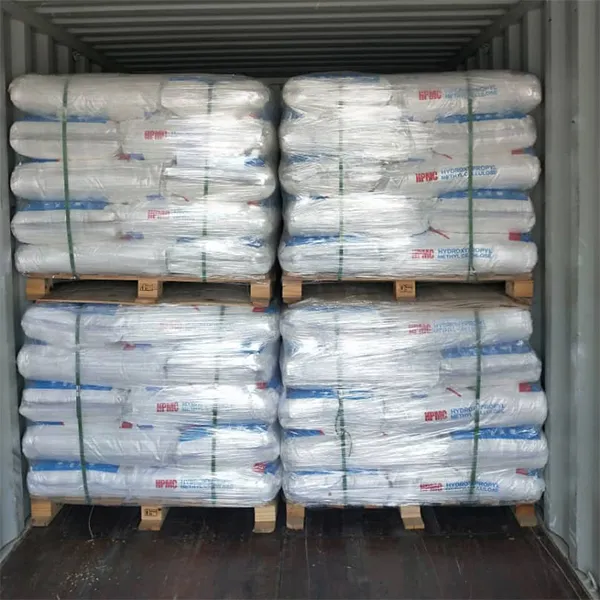Understanding HPMC in Construction Chemicals A Comprehensive Overview
Hydroxypropyl Methylcellulose (HPMC) is a prominent ingredient in the realm of construction chemicals. As a non-ionic, water-soluble polymer derived from cellulose, HPMC has become increasingly essential in various applications within the construction industry. Its versatility and unique properties make it a preferred additive for numerous construction materials, including mortars, plasters, and concrete.
Understanding HPMC in Construction Chemicals A Comprehensive Overview
Additionally, HPMC acts as a water retention agent in construction mixtures. This is particularly vital in scenarios where prolonged drying times are required, as it prevents premature evaporation of water from the mix. By maintaining moisture within the mixture, HPMC promotes better hydration of cement particles, which is essential for achieving optimal strength and durability in concrete and mortar. In arid climates or hotter conditions, the water-retaining ability of HPMC becomes even more significant, helping to ensure that the final product meets structural engineering standards.
construction chemical hpmc

Another crucial property of HPMC is its influence on the adhesion characteristics of construction materials. When added to cement-based applications, HPMC enhances the bond strength between substrates and the applied material. This improvement in adhesion is essential for various applications such as masonry mortars, where a strong bond is necessary to ensure the longevity and stability of the constructed elements. Furthermore, the enhanced adhesion also contributes to improved resistance against environmental factors, reducing the likelihood of damage from moisture or temperature fluctuations.
HPMC also contributes to the elastic properties of construction materials. This elasticity is particularly beneficial in applications where the substrates might experience movement or stress. In mortar and plaster formulations, the inclusion of HPMC can help accommodate minor shifts in the structure, thereby minimizing the risk of cracking or delamination. This feature is increasingly relevant in earthquake-prone areas, where buildings and structures are subjected to dynamic forces.
The environmental impact and safety profile of HPMC also make it an attractive addition to construction chemicals. As a biodegradable and non-toxic material, HPMC does not contribute to harmful emissions or pollutants when used in construction applications. This aligns with the growing trend toward eco-friendly building practices and materials, appealing to environmentally conscious builders and contractors. Moreover, HPMC does not pose significant health risks during handling, making it safer for workers on construction sites.
In conclusion, Hydroxypropyl Methylcellulose (HPMC) plays a vital role in the construction industry, serving as a multifunctional additive that enhances the performance and quality of various building materials. Its properties as a thickening agent, water retention aid, adhesion enhancer, and elastic modifier are crucial for achieving reliable, durable, and high-quality construction outcomes. In light of the increasing demand for sustainable and effective construction practices, HPMC's environmentally friendly profile further underscores its importance in modern construction chemicals. As the industry continues to evolve, the applications and formulations involving HPMC are likely to expand, solidifying its status as an integral component in advancing construction technology. Thus, understanding and leveraging the benefits of HPMC can lead to better construction practices, ultimately contributing to safer and more efficient building solutions.
-
Rdp Powder: Key Considerations for Wholesalers in the Building Materials IndustryNewsJul.08,2025
-
Key Considerations for Wholesalers: Navigating the World of Hpmc - Based ProductsNewsJul.08,2025
-
Hpmc Detergent: Key Considerations for WholesalersNewsJul.08,2025
-
Key Considerations for Wholesalers: China Hpmc For Tile Adhesive, Coating Additives, Concrete Additives, and MoreNewsJul.08,2025
-
Crucial Considerations for Wholesalers: Navigating the World of Construction MaterialsNewsJul.08,2025
-
Key Considerations for Wholesalers Sourcing Additive For Cement, Additive For Concrete, Additive For Putty from Additive Manufacturer Shijiazhuang Gaocheng District Yongfeng Cellulose Co., Ltd.NewsJul.08,2025




